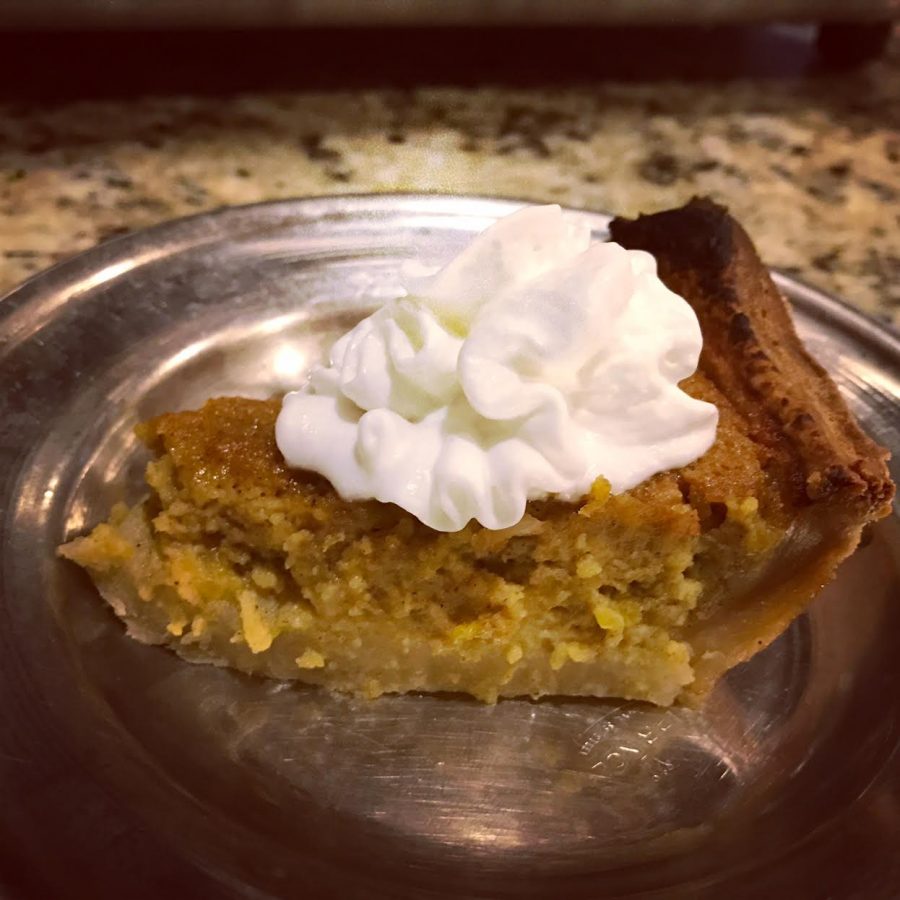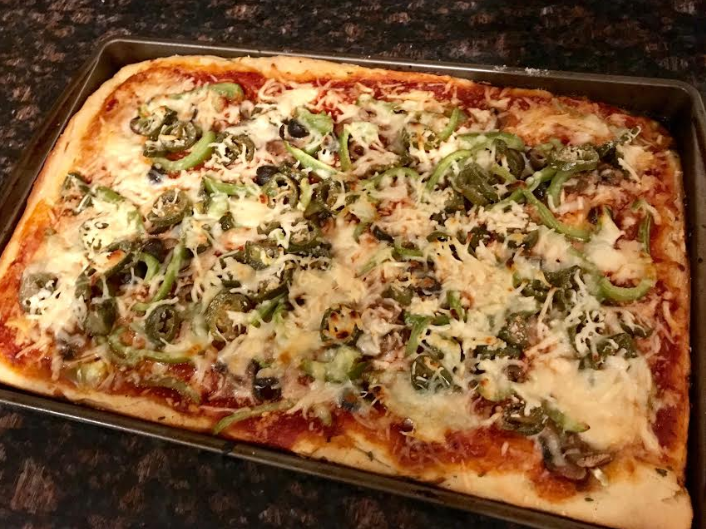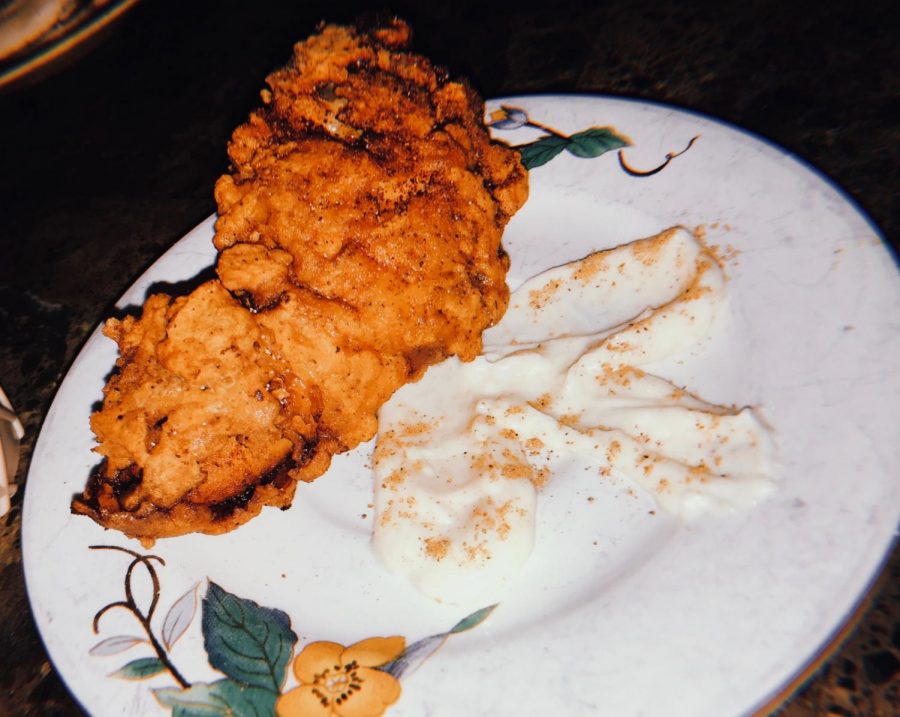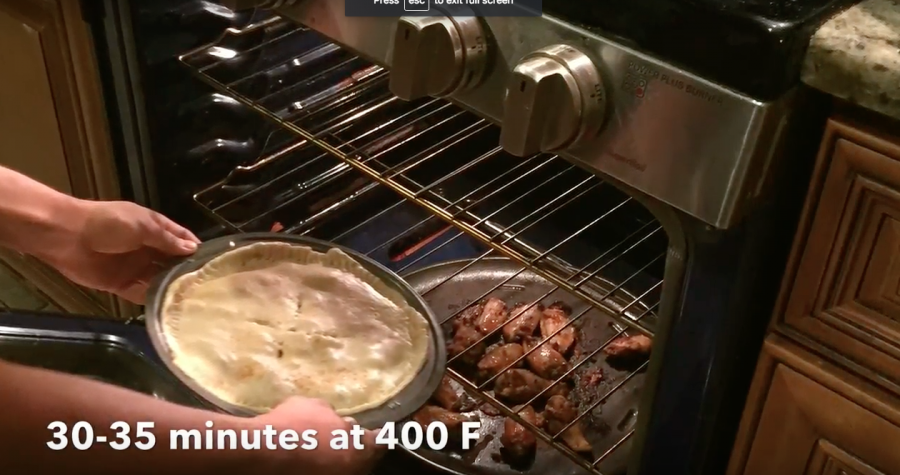Have you ever gone to France, or maybe just to a really amazing restaurant? If so, then you’ll know the most prized part of any dish served is its sauce. It has to be thick, smooth, have a balance of flavors, and of course, complement whatever it’s served with.
Whether you want to open a fine dining restaurant or cook something special for your loved ones at home, you’re going to need to know the five ‘mother sauces.’
The mother sauces originated in 1903 in France serve as the foundation and beginning of a variety of dishes, and they continue to be used to this day.
Before we get started, it’s important to know how to create and use a roux, since it’s what makes a liquid into a thick, hearty sauce.
A roux is equal parts fat and flour used to create a paste that thickens liquids for soups and sauces. For example, over medium heat, add 1 tablespoon of butter, and once it melts, add 1 tablespoon flour (equal parts),
Whenever making a roux:
- Make sure to do it over medium to high heat
- Stir butter and flour with a whisk to form a light brown paste
- After adding a liquid to the pan with the roux, you must repeatedly stir and let the liquid come to a simmer for it to thicken
Here are the 5 mother sauces:
Béchamel
A Béchamel sauce is a white, thick and creamy sauce made by thickening a milk or dairy (heavy cream, etc.) with a roux. Recipes that use a Béchamel sauce for their base include mac and cheese, Alfredo, and so much more. For a simple yet beautiful Béchamel sauce, melt 1 tablespoon of unsalted butter in a wide skillet or pan, add 1 tablespoon flour, and stir with a whisk until a paste is formed. Gradually add 2 cups of milk with one hand while whisking with the other. Stir until boiled and thickened. Reduce heat and add desired ingredients. Add Parmesan for a simple cheese sauce, or throw in some vegetables and chicken to make pot pie filling.
Velouté
A velouté sauce is a thick, light brown sauce made by thickening chicken, beef, or fish stock with a roux. Did you know that the gravy you like to have next to your meat is a form of velouté? If you want to make a gravy that incorporates the flavor of the meat it’s going to be served in, make the roux in the same pan as the meat was cooked in and proceed to make your sauce. A simple velouté consists of a roux ( 1 tablespoon butter and flour) and 2 cups of any broth or stock you prefer. Whisk until the sauce is rich and thick enough to coat what it’s being served with.
Espagnole
A Espagnole is more of a combination sauce — it incorporates different flavors and techniques used in other sauces. It’s a thick brown sauce made from stock, tomato purée, a mirepoix (soup base of carrots and onions), and a dark brown roux to thicken it.
Tomato Sauce
A tomato sauce is a sauce made by cooking down tomatoes. Unlike other sauces which are typically thickened by a roux, a tomato sauce gets its thick, smooth texture from puréeing the tomatoes. This sauce serves as a base for tomato soup and marinara sauce and can be combined with fresh vegetables such as carrots. Here’s a simple recipe:
Heat olive oil in a stockpot, sauté onions and carrots until translucent. Add in 8 tomatoes and continue to cook until softened. Then, using a immersion blender or food processor, purée the tomato mixture until a thick sauce it created. Other ingredients can be added such as parsley or other aromatic herbs.
Hollandaise
Hollandaise is also different from the other sauces because not only is it not thickened by a roux, but it can not be made in any other variation or provide a base for any other sauce. This sauce requires you to emulsify melted butter with egg yolks over a double boiler to thicken the sauce and temper the egg yolks to a temperature safe for consumption. It is usually served with eggs Benedict.













